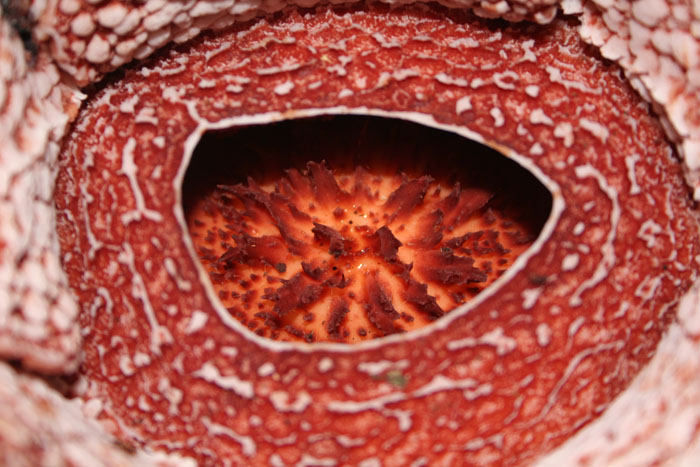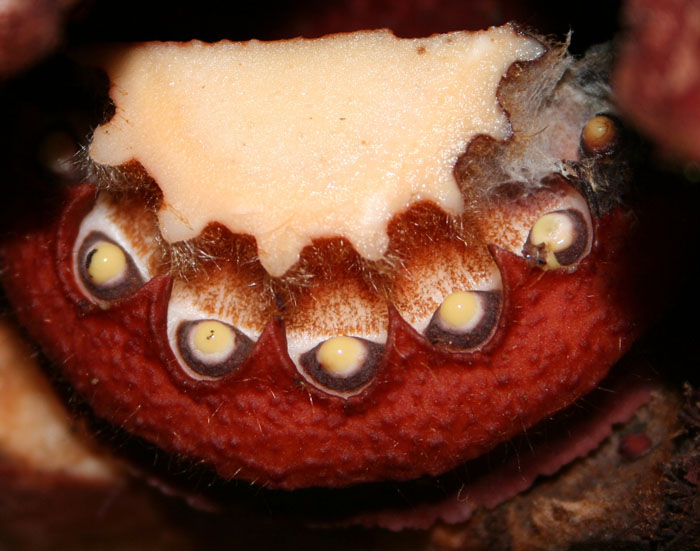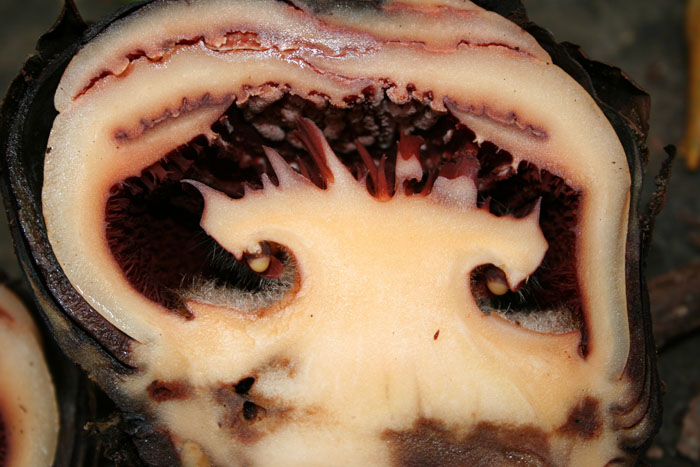This species was described by Blanco in the second edition of his Flora de Filipinas (1845) and named after the island group.
The history and nomenclature of this species has undergone a roller coaster ride for over 150 years! Although specimens were collected at the type locality (Mt. Banahaw, formerly Monte de Majaijai), they were lost. Later collections of Rafflesia on Mt. Banahaw prompted two separate publications naming new species:
Madulid, D. A., C. Villariba-Tolentino, and E. M. G. Agoo. 2006. Rafflesia banahawensis (Rafflesiaceae), a new species from Luzon, Philippines. Philippine Scientist 43: 43-51.
Barcelona, J. F., P. B. Pelser, and M. O. Cajano. 2007. Rafflesia banahaw (Rafflesiaceae), a new species from Luzon, Philippines. Blumea 52: 345-350.
A complete account of the history of this taxon, and the rationale for considering it R. philippensis Blanco, is given in Barcelona et al. (2009):
Barcelona, J. F., P. B Pelser, D. S. Balete, and L. L. Co. 2009. Taxonomy, ecology, and conservation status of Philippine Rafflesia (Rafflesiaceae). Blumea 54: 77-93.
Rafflesia
philippensis is known from only five locations on Mt. Banahaw on
Luzon. The species grows on Tetrastigma
roots at or below the ground level. It is one of the
small-flowered Rafflesia
species, with floral diameters ranging from 17
to 27 cm, thus is similar in size to R. baletei, R. lobata and R. manillana. A comparison of
morphological features among all Philippine Rafflesia is given in Table 1 of
the Barcelona et al. (2009) publication.



